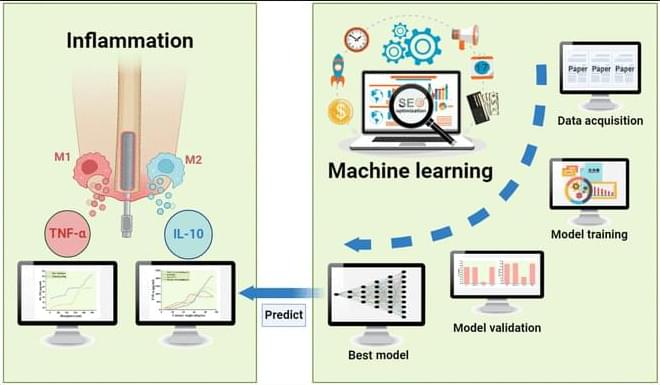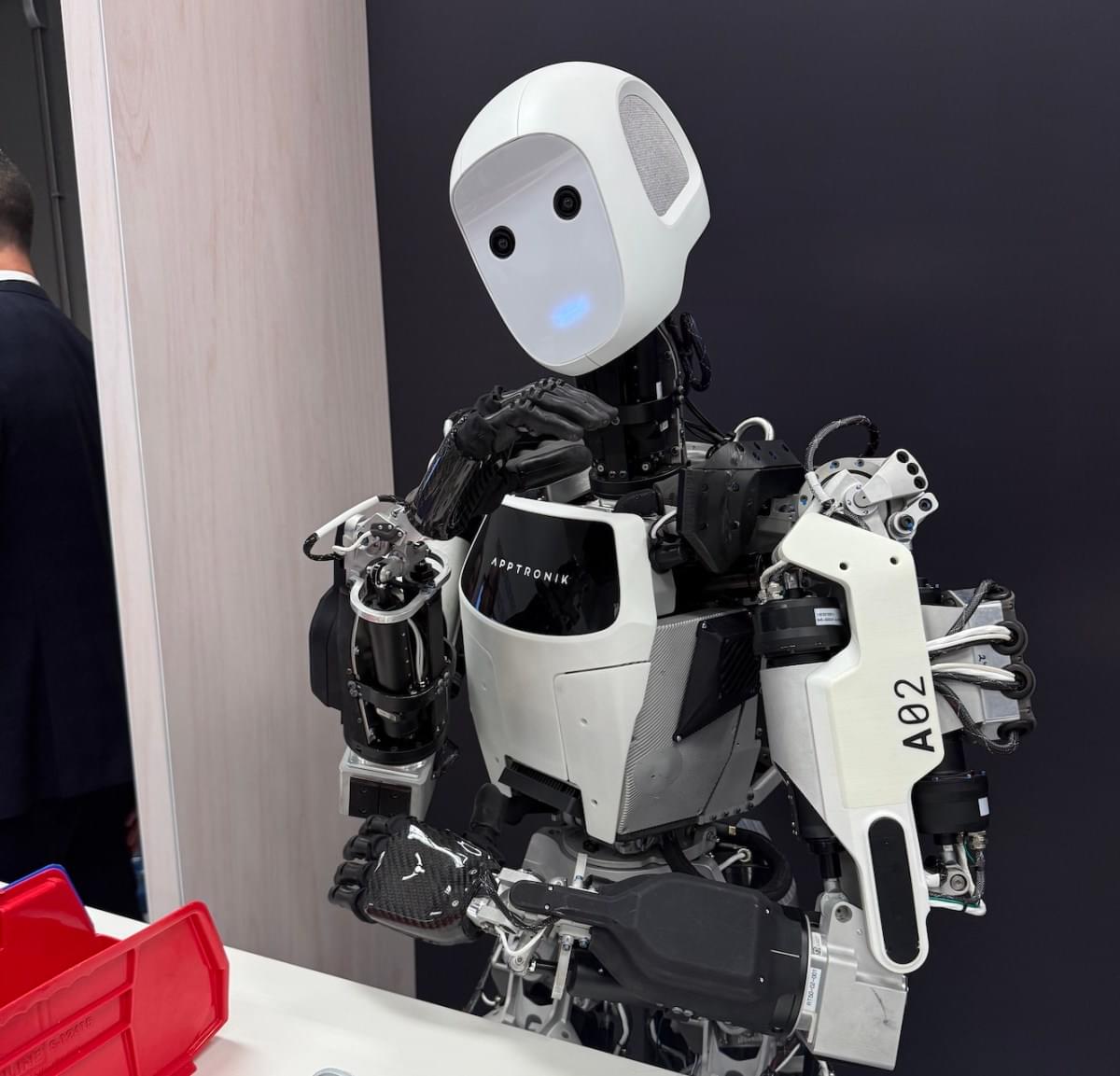DeepSeek, TikTok, CapCut, Shein, Temu, BYD, DJI, Huawei — Chinese technology is everywhere and in many areas the country is challenging the former high-tech powerhouses.
It’s all down to an ambitious plan China set out 10 years ago. The Made in China 2025 project vowed to turn China from the world’s factory to the world’s innovator.
And according to experts – they have largely succeeded. So how did they do it and what does it mean for the rest of the world and the future of technology dominance? Our Cyber Correspondent, Joe Tidy, explains.
00:00 Introduction.
01:18 Made in China 2025
04:07 Sanctions.
05:35 Reactions.
Check out more videos on AI & Technology, here 👉🏽 https://www.youtube.com/playlist?list=PLz_B0PFGIn4e0fyBwDLpcmhlvfBn6H0Qx.
Find more of the best BBC World Service documentaries you can watch in less than 30 minutes here ➡️ https://www.youtube.com/playlist?list=PLz_B0PFGIn4cI2qSy69-3UkgBWaXGHRrx.






